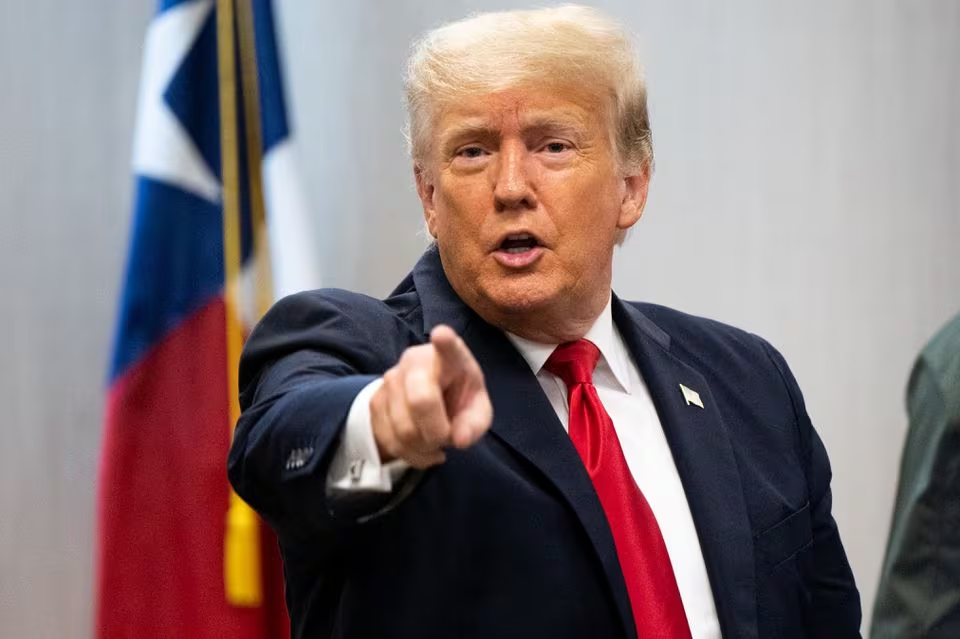As the $250 million financial fraud case unfolds, initiated by New York Attorney General Letitia James against the Trump Organization, scrutiny intensifies over the accuracy of the defense’s presentation. During Monday’s proceedings, concerns arose as Forbes editor and author Dan Alexander pointed out what he considers familiar tactics of exaggeration within the Trump team’s argument.
The focus of the presentation was on showcasing the Trump Organization’s strengths and achievements, but Alexander drew attention to a pivotal discrepancy related to 40 Wall Street, a key element in the state’s civil lawsuit. Despite being presented in court as a “72 story” building, both a bond prospectus filed with the SEC and a New York City tax document confirm the structure comprises 63 stories.
In his critique, Alexander stated, “Trump team displays misleading information in the courtroom, referring to 40 Wall Street as a ’72 story’ building. It’s 63 stories, according to a bond prospectus filed with the SEC and an NYC tax document.”
Further, Alexander pinpointed another inaccuracy on the same slide, noting, “The same slide says 40 Wall Street is ‘directly across from the New York Stock Exchange.’ It’s very close to the NYSE, but it’s not ‘directly across’ from it.” This scrutiny underlines the Trump Organization’s persistent tendency to utilize embellishments, even within the confines of a legal proceeding.
The overarching theme emerging from the Trump team’s courtroom strategy suggests a focus on promoting the company while potentially sidestepping factual accuracy. Critics argue that this approach aligns with a broader pattern observed in the Trump Organization’s history—a penchant for persuasive narratives over adherence to concrete facts.
Accurate representation of property details is crucial in legal proceedings, particularly when dealing with financial matters. Any deviation from the truth could have a substantial impact on the case’s outcome.
As the trial unfolds, it is anticipated that the court will scrutinize not only the specific instances of misinformation but also the broader approach taken by the Trump Organization in presenting its defense.
The juxtaposition of the legal process with a proclivity for embellishment poses challenges for the organization’s credibility, inviting increased scrutiny from both legal experts and the public at large.
In a climate where transparency and accuracy are paramount, the Trump Organization’s courtroom tactics may further fuel skepticism surrounding its actions. The public and legal community will undoubtedly continue to closely monitor the proceedings, awaiting further revelations and insights into the unfolding financial fraud case.










